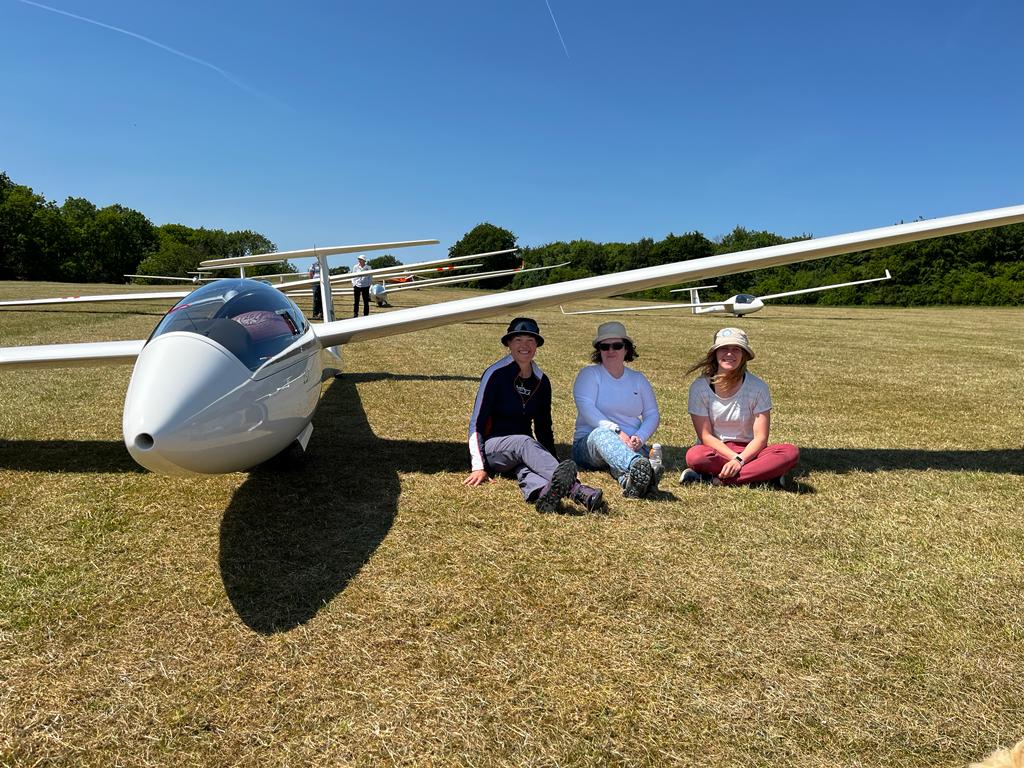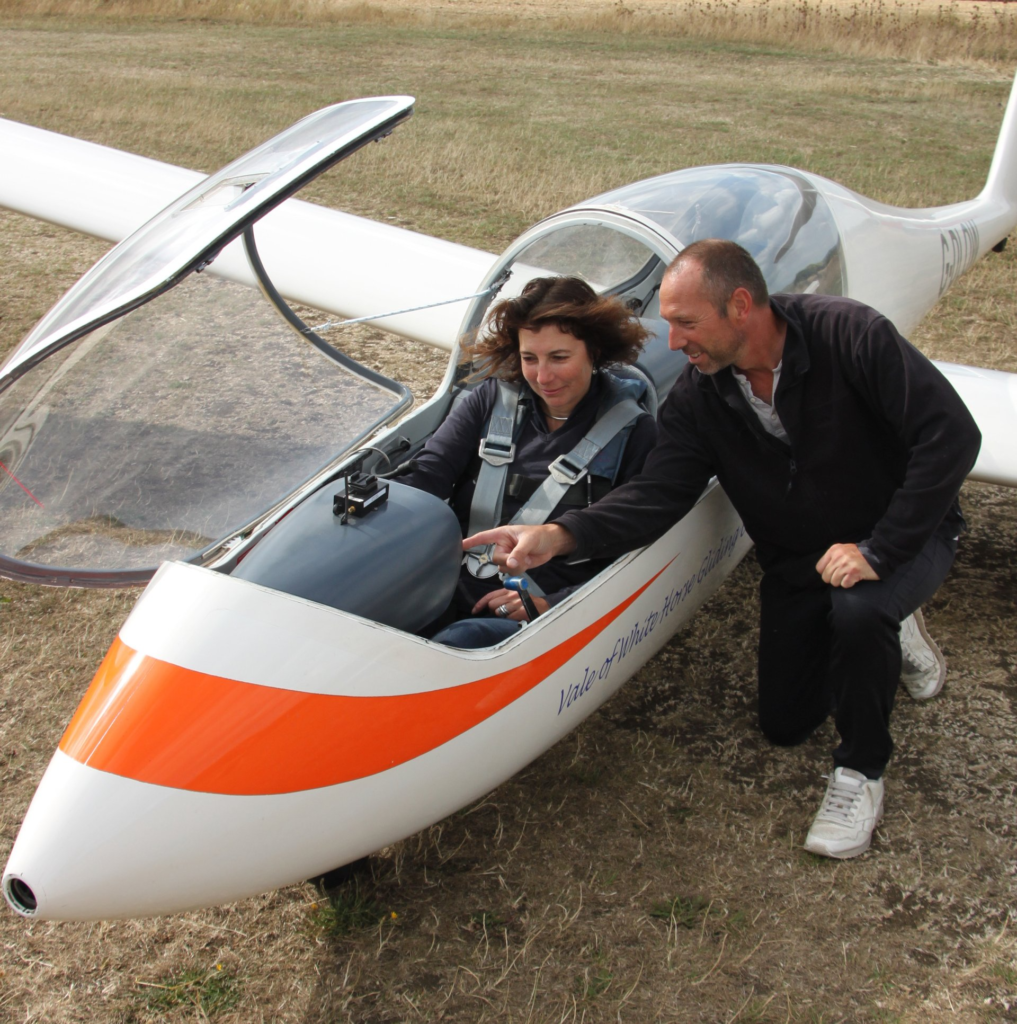Learn To Fly
Training Syllabus

If you want to learn to fly, you’ll need to join the club and follow our BGA-approved training course. This follows a syllabus laid out by the British Gliding Association (BGA) with all instruction provided by BGA qualified volunteer instructors. The syllabus can be broadly broken down into the following areas: Lookout, Effects of Controls, Use of Trim, The Straight Glide, Turning, Airbrakes, Approach Control, Landing, Circuit Planning, Launching, Stalling, spinning & Spiral Dive, and Emergencies
There are a number of exercises and stages to each section, and whilst some have to be conducted in order, others can be done concurrently. The schedule is flexible and can be adapted to fit in with your progress.
The club has published a Basic Gliding Syllabus which is an excellent, detailed guide for students working towards their first solo flights.
The cost of learning to fly is dependent on how often you fly and how quickly you grasp the concepts of controlling the glider. Normally it takes the average person somewhere between 20 and 30 flights to achieve solo standard. A typical training flight of around 20 minutes in the Grob 102 by aero tow to 2000ft would cost a member about £40. Details of our membership, flying and facilities fees can be found here.
Flying Lessons
Prior to every lesson your instructor will want to check your logbook and training record which should contain details of every training flight and stage of the syllabus completed to date. After reviewing your training record with you your instructor will decide objective for today’s lesson. It may involve a new subject, polishing or consolidating previous sessions, possibly practicing a technique or addressing a difficulty, or perhaps the instructor will be testing your judgement and skills.

You will fly in a dual controlled glider that can be flown from either seat. You will normally sit in the front seat as that’s where the pilot always sits when the glider is flown solo.
The lesson normally follows the format of the instructor demonstrating an exercise whilst explaining what’s happening then handing over control to you to try, followed by further practice of the exercise until you are both happy with your performance. Some exercises are straightforward with most people achieving competence in a single session, others can take several flights before you feel confident.
The Primary Effects of Controls are important, but relatively straightforward exercises, but it will take several sessions to perfect your skills at the aerotow, or landing the glider, which are relatively complex techniques. Our instructors are understanding – they had to learn once just like you!
You will receive ‘post-flight debriefing’ following every flight. Your instructor will discuss the flight, the exercises, what went well and what needs further attention. The instructor will try to relate what happened to the pre-flight brief and the objectives you set before the flight. At the end of the training session the instructor will update your logbook and progress card so that the next instructor will know what stage you have reached.
More Information
If you are interested in learning more, get in touch: You can complete our contact form, or visit the airfield and say hello on a day when we’re flying. And if you’re ready to take the next steps, book one of our introductory flights, or complete our membership form to join the club as a annual flying member
